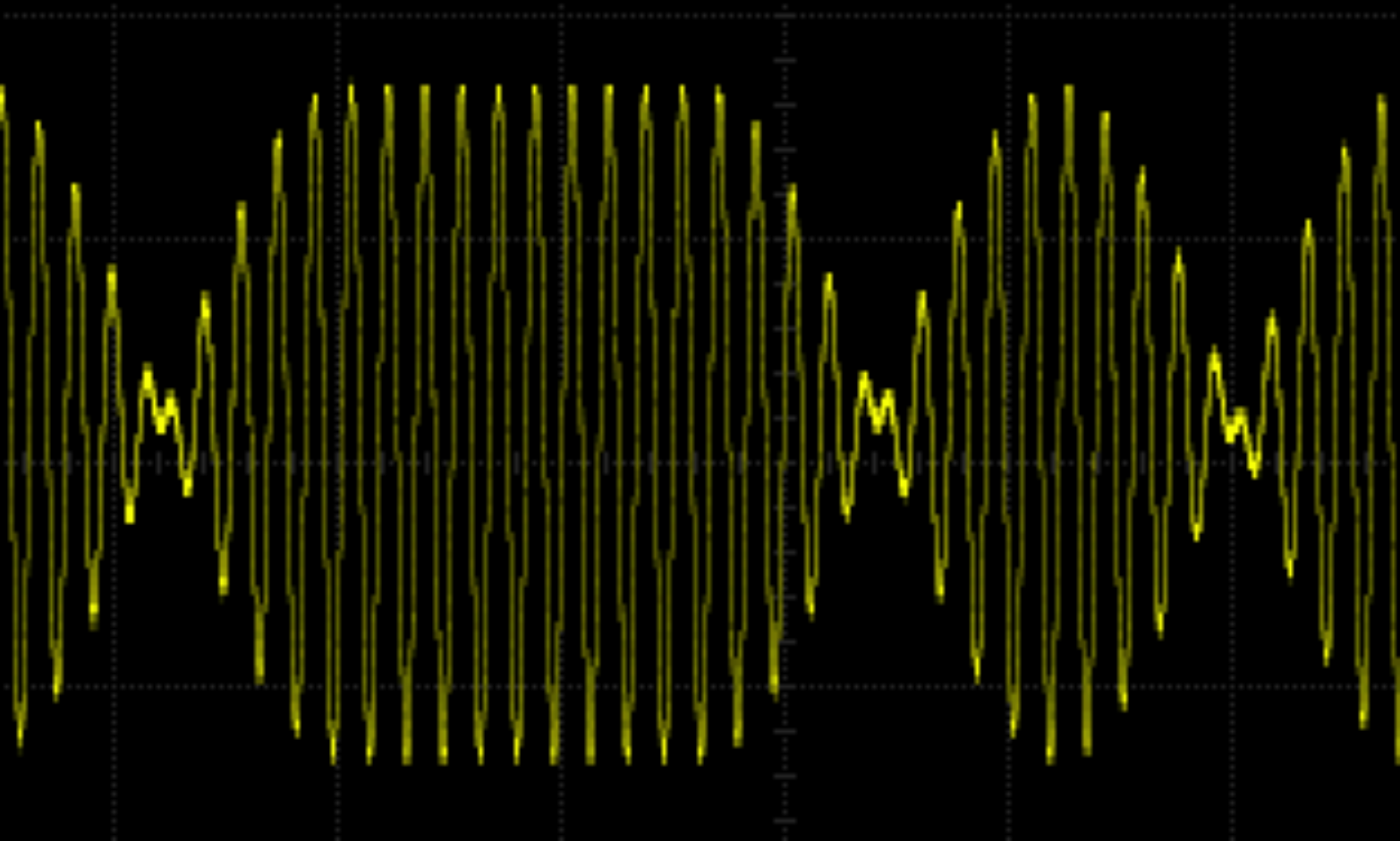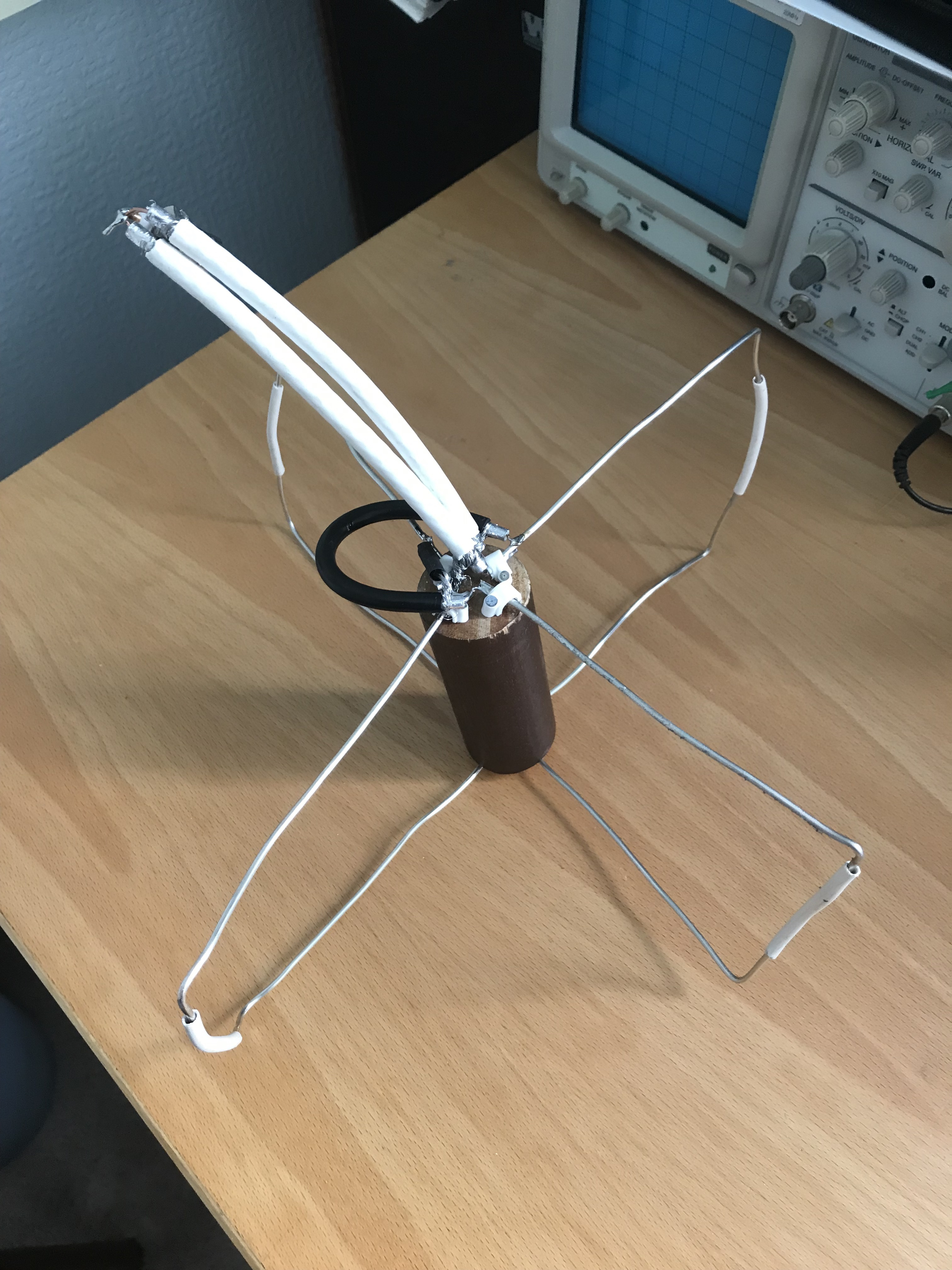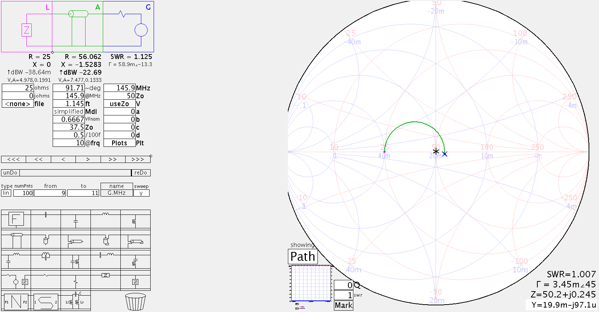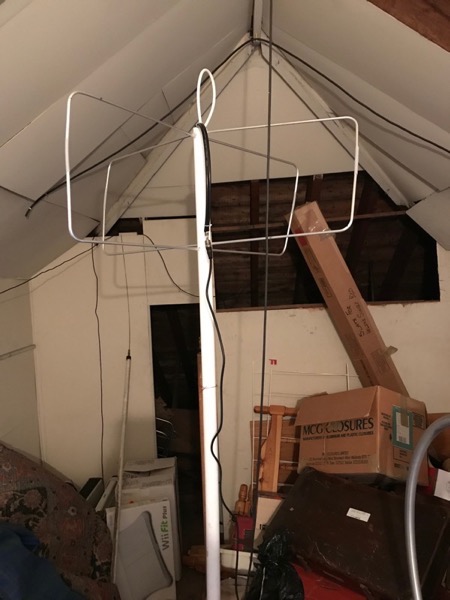The 70cms (435MHz) version of the Cebik Moxon is now built and shows an SWR of 1.1 in the shack as measured with my AW07A antenna analyser. Hopefully this SWR will not change too much when I put in in the attic.
The elements are made out of #12 AWG wire from RS Components. The sizes are as specified in Cebik’s original article published in the ARRL QST in August 2001 “A Simple Fixed Antenna for VHF/UHF Satellite Work”. The phasing line is built as for the 2m version using RG59U coax cable from BitsBox only using a length for the 70cm band. The matching line is made from old 75Ω cable TV cable again at 70cm band length. The elements and lines are explained in my earlier post about ‘Building the 2m Cebik Moxon’.
The elements are stapled to an old wooden curtain pole to keep the driven elements and reflectors apart. At the ‘floating’ end they are kept apart using the insulation from old multi-core telephone cable and the shaft from cotton buds. I’ll hot-glue these in place once the aerial is in the attic. The distance between these floating ends is the most critical in the whole aerial.

I plan to use this aerial with the 2m version and suitable diplexers to communicate with U/V or V/U LEO satellites. Watch this space!




